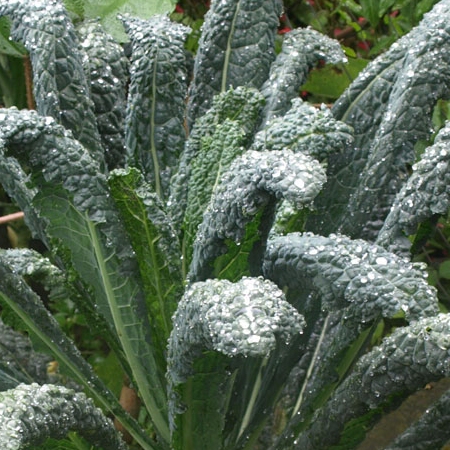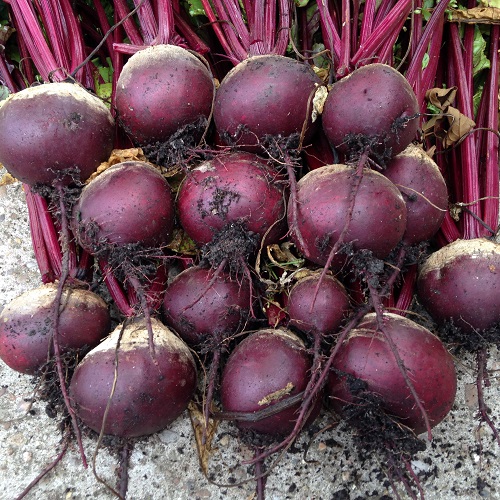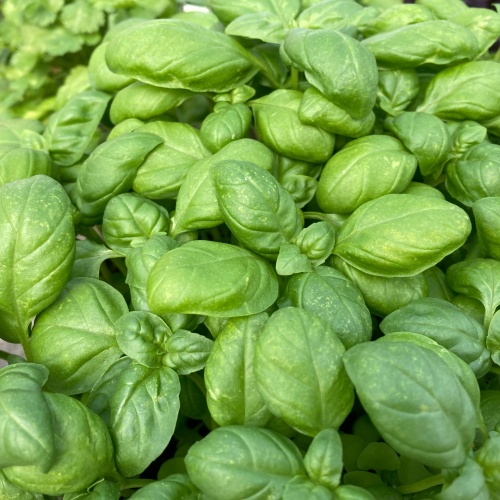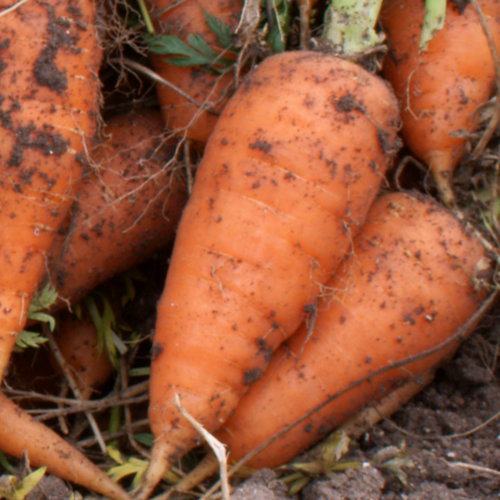Customers who bought this item also bought:
Kale Nero Di Toscana
£0.99
Nero di Toscana is an Italian type of curly kale sometimes known.....
Average Packet Contents : 250 seeds
Beetroot Boltardy£0.99
£0.79
Beetroot Boltardy is the most popular variety for early and.....
Average Contents : 350 seeds
Basil Seeds - Sweet (Genovese)
£0.89
Genovese is renowned for its fragrance and is the traditional basil used in pesto.....
Average Contents : 1g (approx 600) seeds
Carrot Chatenay Red Core£0.89
£0.69
Chatenay Red Core is regaining popularity due to its exceptionally.....
Av. Packet Contents : 500 seeds
Customer Reviews
Be the first to Write a Review for this item!




